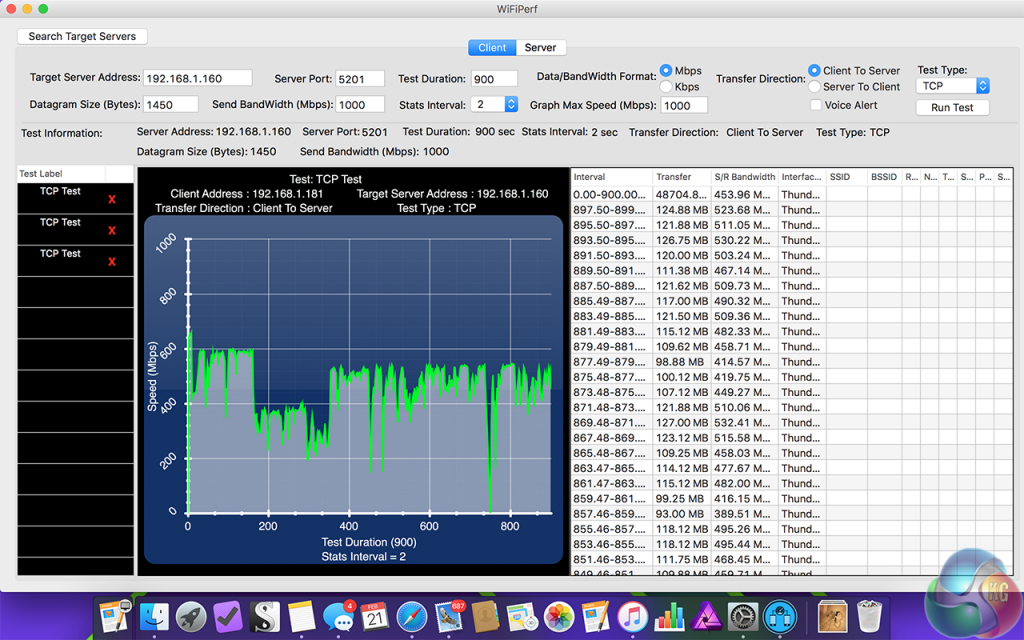

This project has had some great input from a number of people.
#Wifiperf free software
Prepare the device for the wiperf software.Obtain a probe device (Raspberry Pi or WLAN Pi).Configure the data server application(s).Obtain the data server application software.

different SSID, different network connection type etc.). The data server setup tends to be a task that needs completion only once (or at least very infrequently).Ĭonversely, some or all of the probe setup will need to be completed each time a probe is deployed - this is mainly due to the fact that in each environment in which it is deployed, the connectivity for the probe will vary (e.g. Data server setup (the Splunk or Influx/Grafana server).Probe setup (the RPi or WLAN Pi device itself).The workflow to get Wiperf fully operational consists of a number of steps that break down in to two main areas: Like Grafana, InfluxDB is also an open-source package.įor small-scale instances, Grafana & Influx may be installed on the same server platform and Grafana configured to use the local instance of Influx as its data source. To meet this requirement, the InfluxDB database server is used. However, Grafana needs a data server from which to pull its network performance data. It is used to graph the performance data collected by wiperf.

Grafana is a popular open-source data visualization tool.
#Wifiperf free how to
For details on how to set up a Splunk server, start at this documentation page:
#Wifiperf free free
The volume of data returned by the probe is very low, so the free tier of Splunk may be used to gather and report on data. Splunk is a commercial, rather than open-source product. It acts as both the data store and visualization platform. Splunk is supported on all popular operating systems and is very easy to set up on your server of choice. A database query language on the data server allows us to retrieve and graph the data collected by the wiperf probe. This means we can send our data structures, that contain network performance data, to the server with very little set-up compared to traditional database servers.Īs long as we have a valid set of credentials for the data server, we can just send JSON-formatted data over HTTPS in whatever structure we choose. High-level configuration details will be provided to "get you going", but detailed information about the operation of these platforms is beyond the scope of this project.īoth of the data servers supported are "NoSQL" servers, which means that no data structures have to be pre-defined in database tables. However, the data server is a critical component that allows visualization of that performance data. The core focus of this project is the probe device that gathers the network performance data in which we are interested. The data server must be an instance of either: Tests are run on the wiperf probe at a configured interval (usually 5 minutes) and collected data is sent back to a data server over a network connection between the probe and data server (no connection = no data collection). It is not designed to replace large-scale commercial offerings that provide wireless and end-user experience monitoring in a far more comprehensive and user-friendly fashion. Wiperf has been primarily designed to be a tactical tool for engineers to deploy on to a wireless network where issues are being experienced and longer term monitoring may be required. ( NOTE: There is ( usually) no graphing/reporting capability on the wiperf probe itself) The results must then be sent back to a Splunk or InfluxDB server (which we'll call the "data server") to provide a reporting capability. Tests may be performed over the wireless or ethernet interface of the probe unit.
#Wifiperf free series
Wiperf is a utility that can be installed on a WLAN Pi or a Raspberry Pi to act as a network probe that runs a series of network performance tests.


 0 kommentar(er)
0 kommentar(er)
